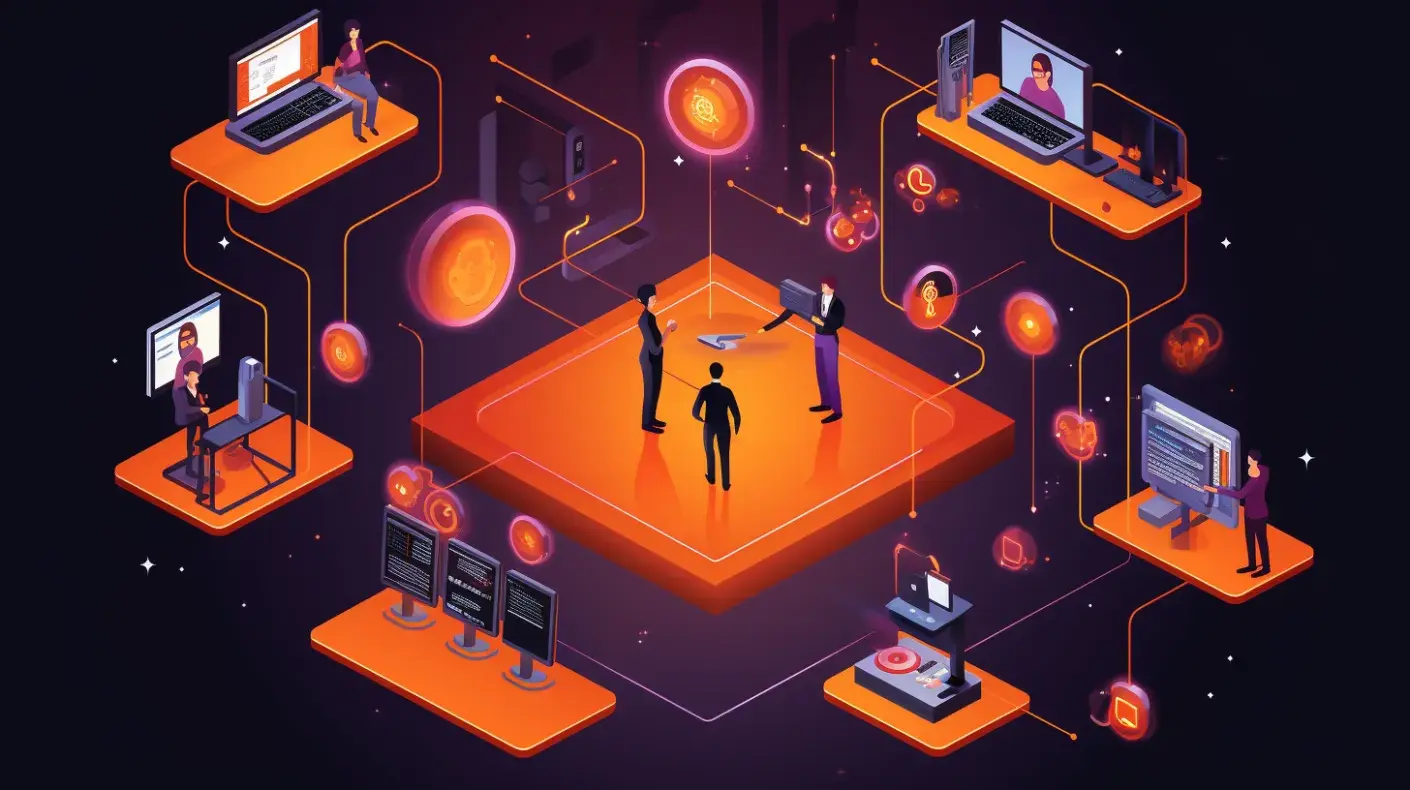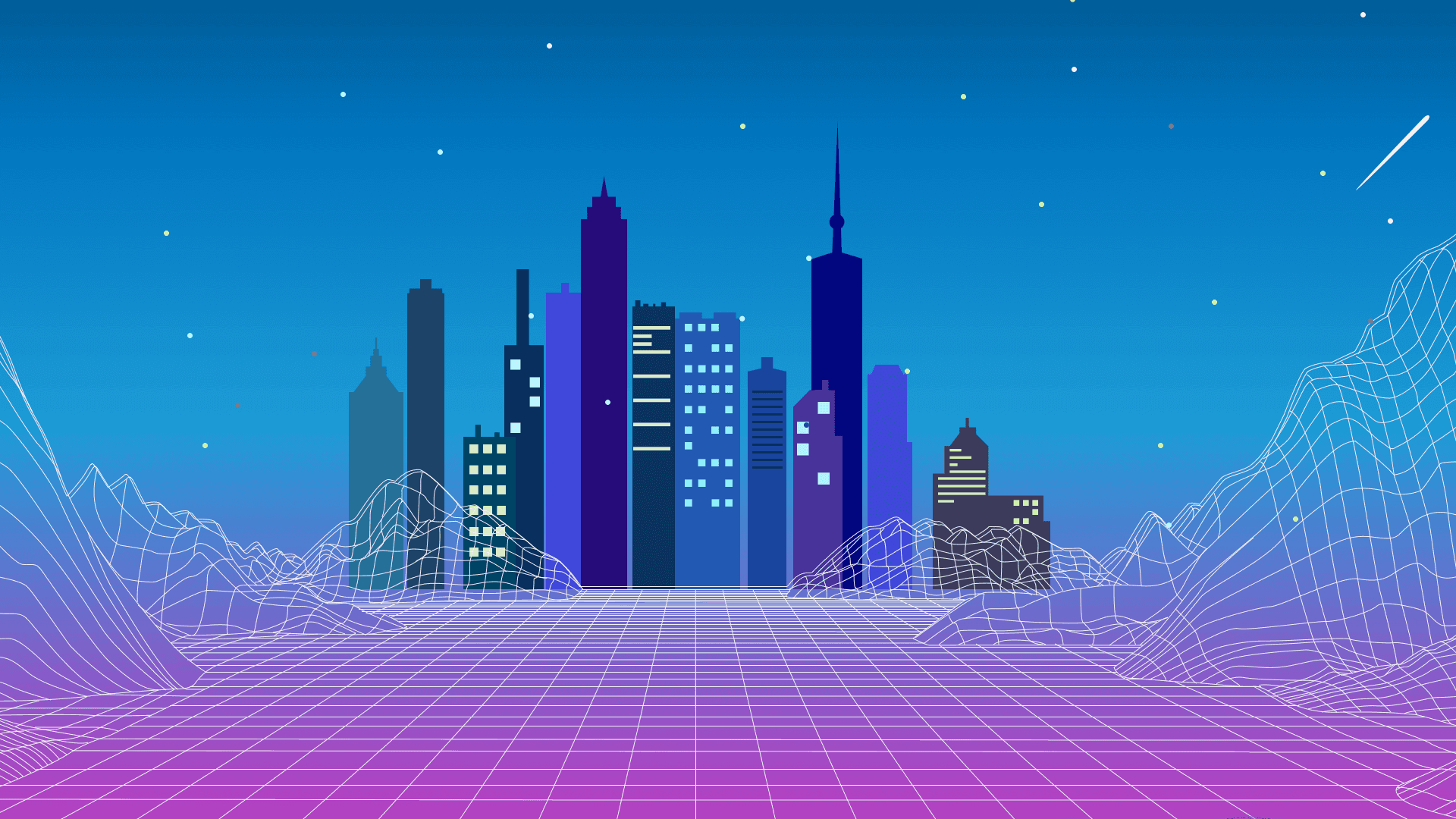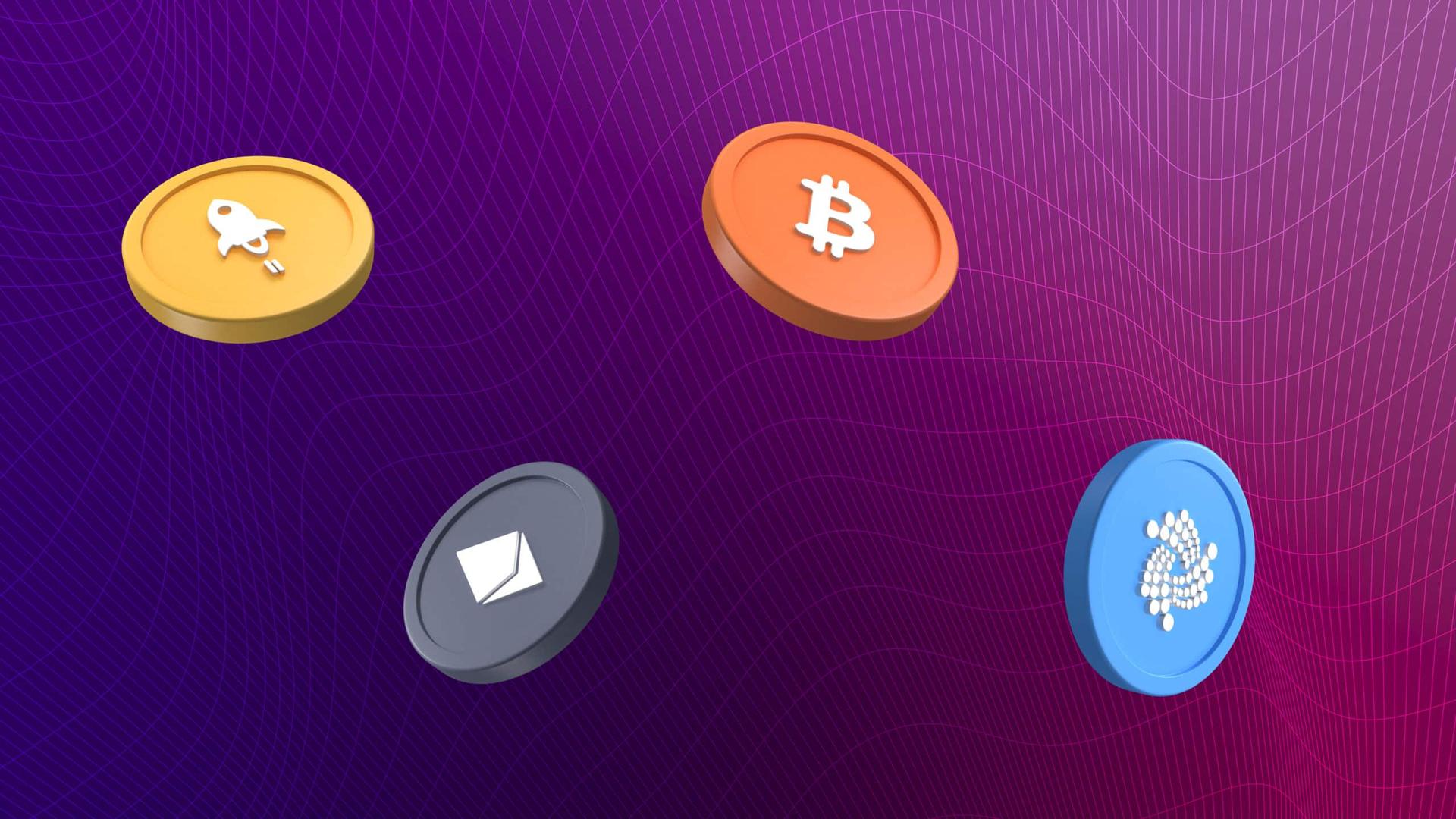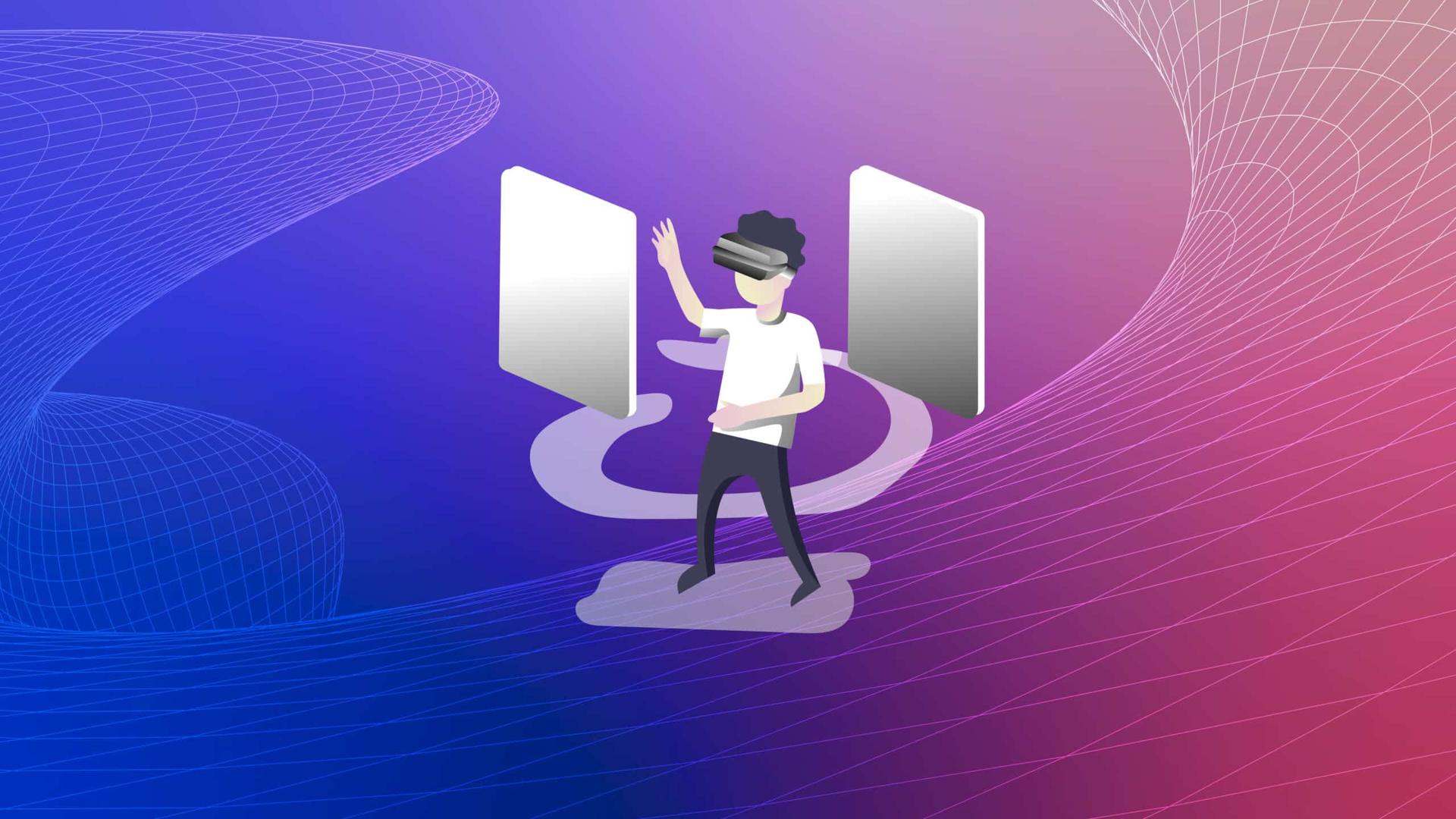Physical Vs. Virtual Laboratories In Science And Engineering Education

The landscape of science and engineering education has radically transformed in recent years thanks to the advent of virtual laboratories.
Traditionally, physical laboratories have been the cornerstone of practical learning in these disciplines. However, with technological advancements, the rise of virtual laboratories is challenging the status quo.
Join Metastack as we explore the contrast between physical and virtual laboratories, shedding light on the transformative power of interactive labs.
What is a Virtual Laboratory?
A virtual laboratory is an online platform that simulates the real-world environment of a physical laboratory.
It gives students a digital space to conduct experiments, observe, and analyze results.
These virtual labs aim to replicate the hands-on experience of a traditional laboratory, offering a bridge between theoretical knowledge and practical application.
One of the key features of virtual laboratories is the ability to recreate diverse scenarios and experiments that may be challenging or impractical in a physical setting.
Read: Metaverse Labs: How It Will Benefit Engineering Education
The Advantages of Virtual Laboratories
Let's delve into the transformative power of virtual laboratories and explore the key benefits of reshaping the educational experience.
1. Accessibility and flexibility
Virtual laboratories break down geographical barriers, allowing students worldwide to access the same experiments.
Students can engage with interactive labs at their own pace, fostering a more personalized and flexible learning experience.
Read: Global Collaboration: How Metaverse Brings Great Minds Together
2. Cost-efficiency
Establishing and maintaining physical laboratories can be financially demanding. Virtual labs significantly reduce costs associated with equipment, materials, and space.
This cost-effectiveness makes quality science and engineering education more attainable, especially for institutions with limited resources.
3. Safety
Virtual labs provide a controlled environment where students can learn without compromising their well-being.
This enhances safety in the learning process, allowing students to engage in experiments that might be too dangerous or expensive to conduct in a physical setting.
4. Replicability and iterative learning
Virtual laboratories offer the advantage of replicating experiments multiple times. This iterative learning process allows students to refine their skills and understanding by repeating experiments and observing different outcomes.
In contrast, physical laboratories may have limitations regarding the number of times an experiment can be conducted due to resource constraints.
5. Integration of multimedia
Virtual laboratories often incorporate multimedia elements such as videos, animations, and interactive simulations.
These elements enhance the learning experience by providing visual representations of complex concepts. Through multimedia integration, students can manipulate variables, visualize processes, and gain a more profound understanding of scientific principles.
6. Real-time feedback
Interactive labs in virtual environments can provide instant feedback on students' performance. On the other hand, physical laboratories may delay input due to the nature of manual data collection and analysis.
Read: Education 2.0: Schools and Universities in Virtual Realities

The Charms of Physical Laboratories
While virtual laboratories offer many advantages, physical laboratories continue to hold their ground as indispensable components of science and engineering education.
1. Tangible experience
Nothing compares to the tangible experience of handling actual equipment, making observations, and conducting experiments in a physical laboratory.
The materials' touch, feel, and smell create a sensory-rich learning environment challenging to replicate in a virtual setting.
Read: The Psychology of Presence: Making Users Feel Truly Immersed
2. Team collaboration
Physical laboratories encourage teamwork and collaboration among students. Working together in a shared space fosters communication, problem-solving skills, and a sense of camaraderie.
These interpersonal skills are valuable not only in academic settings but also in professional careers.
3. Lucky discoveries
In a physical laboratory, unexpected discoveries and serendipitous moments are more likely to occur. These unplanned events can spark curiosity and lead to novel insights, enriching the educational experience.
Virtual laboratories, while highly structured, may lack the element of unpredictability that often characterizes real-world experiments.
4. Skill development
Proficiency in using laboratory equipment, conducting precise measurements, and troubleshooting experimental setups are skills that are best acquired through direct engagement with physical materials.
Read: Metaverse Training: The Future of Professional Upskilling
5. Authenticity in experimentation
Physical laboratories provide an authentic investigation experience, replicating the conditions faced by scientists and engineers in their respective fields.
This authenticity is vital for bridging the gap between academia and industry, ensuring that students are well-prepared for the challenges of the professional world.
Striking a Balance Between Virtual and Physical Laboratories
The dichotomy between physical and virtual laboratories is not a battle of supremacy but an opportunity for integration.
Recognizing the strengths and weaknesses of each approach allows educators to design a holistic curriculum that combines the best of both worlds.
1. Blended learning approaches
Educators can adopt a blended learning approach, incorporating physical and virtual laboratories into the curriculum. This hybrid model maximizes the advantages of each format, offering students a well-rounded educational experience.
For instance, virtual labs could introduce foundational concepts, followed by hands-on reinforcement in a physical setting.
Read: Metaverse In Education: Remote Learning and Teaching
2. Flipped classroom strategies
Flipped classroom strategies involve students engaging with virtual labs independently before coming to a physical laboratory session for discussion, analysis, and collaborative work.
This approach optimizes class time, allowing for more in-depth discussions and application of theoretical concepts.
3. Augmented Reality (AR) and Virtual Reality (VR)
Technological advancements in augmented reality (AR) and virtual reality (VR) further blur the lines between physical and virtual laboratories.
AR and VR technologies provide immersive experiences, allowing students to interact with digital simulations in a more lifelike manner.
This integration adds a new dimension to virtual labs, enhancing the sense of presence and engagement.

The Future of Virtual Laboratories
Virtual laboratories, with their ability to simulate real-world experiments and provide interactive learning experiences, are likely to play a pivotal role in the evolution of science and engineering education.
Here are some key aspects that define the future of virtual laboratories:
AI-powered personalized learning
Artificial Intelligence (AI) will likely contribute to creating personalized learning experiences within virtual laboratories.
AI algorithms can analyze individual student performance, adapt simulations based on learning styles, and provide tailored feedback catering to the unique needs of each learner.
Read: Crafting Personalized Experiences with Metaverse And AI
Cloud-based accessibility
Virtual laboratories will likely move towards cloud-based platforms, allowing seamless access from anywhere with an internet connection.
This shift will enhance global collaboration among students and researchers, fostering a more interconnected and dynamic learning community.
Integration with the Internet of Things (IoT)
Integrating virtual labs with IoT devices will enable students to interact with real-time data from physical sensors and instruments.
This hands-on connection to the IoT ecosystem will provide a bridge between virtual simulations and the tangible aspects of scientific experimentation.
Expanding subject coverage
The scope of virtual laboratories is expected to expand to cover a broader range of scientific disciplines.
From physics and chemistry to biology and engineering, virtual labs will continue diversifying, offering comprehensive educational experiences across various fields.
Global collaborative experiments
Virtual laboratories will facilitate collaborative experiments on a global scale. Students and researchers worldwide can work together in real-time, contributing to a more interconnected scientific community.
Blockchain for experiment verification
Blockchain technology may be employed to enhance the credibility and integrity of virtual experiments. By creating an immutable record of experiment data and outcomes, blockchain can add trust to the results generated in virtual labs.
Gamification elements for engagement
To enhance student engagement, virtual laboratories may incorporate gamification elements. Interactive challenges, competitions, and rewards can make learning more enjoyable and motivate students to explore and experiment.
Read: The Intersection of Play and Meta Productivity in Virtual Spaces
Continuous updates and iterative improvements
This agile approach will allow developers to incorporate user feedback, stay abreast of technological advancements, and ensure that virtual labs remain relevant and effective in delivering high-quality educational experiences.
Integration with Learning Management Systems (LMS)
Virtual laboratories will likely integrate seamlessly with Learning Management Systems, providing educators with tools to track student progress, assess performance, and tailor instructional approaches based on real-time data.
The future of virtual laboratories is poised for innovation, driven by technological advancements and an increasing demand for accessible, interactive, and personalized learning experiences.

Final Thoughts
In the ever-evolving landscape of science and engineering education, the debate between physical and virtual laboratories continues to spark conversations.
Virtual laboratories offer accessibility, cost-efficiency, and safety, while physical laboratories provide tangible experiences, team collaboration, and the thrill of serendipitous discovery.
As we navigate this transformative journey, one thing remains clear: the marriage of physical and virtual laboratories holds the key to unlocking the full potential of science and engineering education in the 21st century.
Keep up with Metastack to learn all about the future of the metaverse.



